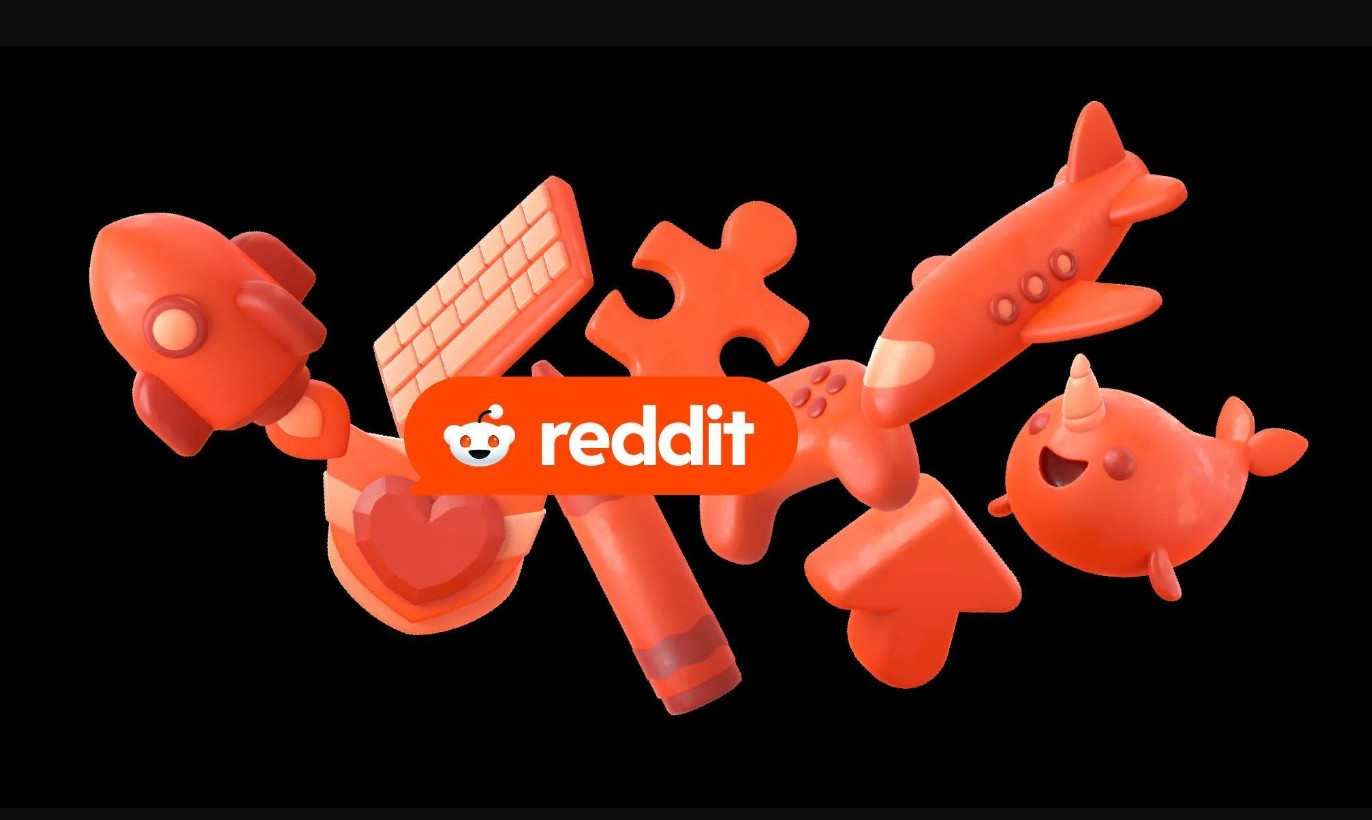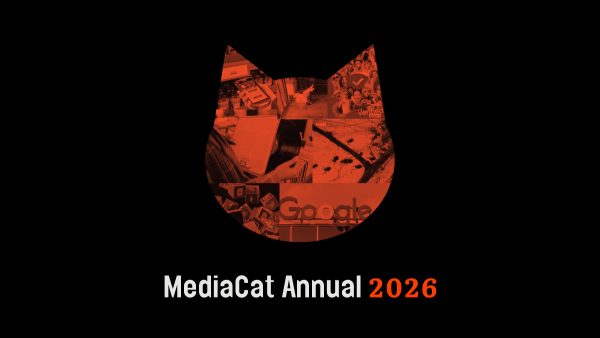In February I wrote about how video games succeed when they’re fun, and funny. As a follow-up to that piece, and with a focus on our July theme of ‘Fame and Attention’, I now wish to look at the heady world of in-game advertising. Because it could be seen as an exhilarating and exciting place to play right now, depending on which kind of marketer or media person you speak to. And the reason for this is that advertisers and gaming studios seem to be getting into this area in a big way. Granted, it’s taken them a few years to realise the potential of gaming as an advertising revenue stream (worth $9.89bn this year), but they finally seem to be on board. However, are advertisers deserving of gamers’ most precious commodity, their attention?
Gaming is often an escape for many, so advertising is the last thing you want to see when you’re trying to forget about the real world. Indeed, in May, a ZBD Gen Z Gamer Study revealed that ‘43% of Gen Z gamers find in-game ads disruptive’. And when analysing a report from data.ai and IDC, in an article from August last year, MarTech’s Editor-at-large, Kim Davis, said, ‘Gamers can’t stand video ads. They don’t like banner and display ads, either.’ But he went on to say the report showed ‘the global gaming audience has surpassed three billion’ and that ‘there are huge opportunities, especially as this can be a somewhat captive audience once immersed in a game’.
Earlier this year ExchangeWire’s Editor, Mariam Ahmad, wrote about ‘the booming landscape of ‘in-game advertising’, and said the gaming market is expected to reach an overall value of $300bn before the decade is out. She did acknowledge the ‘delicate dance of games and in-game advertising’, and said ‘true effectiveness lies in weaving ads into gameplay’, which makes sense. But with so much money to potentially be made it’s no surprise advertisers want in on the action. It was almost inevitable that this would happen. Interestingly, speaking to Digiday in March, the founder and CEO of Epic Games, Tim Sweeney, said he ‘hates advertising in games’ and, referencing Fortnite collaborations with Marvel and Star Wars, thinks a brand presence is ‘a much healthier way for companies to get involved.’
Although not all studios are set up the way Epic Games is, and so cannot rely on these kinds of collaborations and must use other means. WARC explored this recently, examining a report from Anzu and Happydemics which looked at Intrinsic In-Game Advertising (IIGA): ads that are strategically built into the game environment, in places where you’d expect to see ads in the real world. In the piece they state the case for IIGA, saying it is well remembered, drives purchases, boosts brand reputation, and ‘delivers at every stage of the marketing funnel’.
This sort of business case is hard to deny. Indeed, gaming giant Electronic Arts (EA), who make games like Mass Effect and Apex Legends, are ‘prototyping in-game ads as we speak’. Tech platform Overwolf, who work with brands like P&G, KFC and Nissan, have recently expanded their in-game empire by acquiring Nitropay. And, this month, Campaign Middle East reported that Saudi-based media company SMC have partnered with gaming company Evolution Group to provide ‘brand opportunities for in-game ads in the GCC region’.
This move will be down to the rising gaming industry in Saudi Arabia. The article goes on to say ‘Saudi Arabia is currently in the limelight when it comes to the gaming industry’. Not only has the government’s investment arm invested heavily in the sector, but the country is also ‘hosting the inaugural edition of the Esports World Cup’, which runs from July to August, features 22 events from 21 video games, and has the largest prize pool in esports history (over $60m USD).
All that aside though, the fact remains that advertisers and gaming studios will still have to create ads that gamers don’t hate, otherwise they will be punished for it. Writing in The Drum Waste Creative’s Christian Perrins says gamers care more, so advertisers have to try harder. ‘This is not an audience you can distract with shiny ads, or hype without substance,’ he says. Christian goes on to stress that fandom fuels the market and is ‘the engine of loyalty’, with superfans providing up to 72% of total entertainment revenues. He lays out five principles for a fan-first approach, which is well worth a read if you’re a business looking to get into gaming.
Ultimately, advertisers have to tread lightly, be respectful of the community, and offer something of real value for gamers to respond positively. In a way, gaming is no different from a brand entering any other community. They are a guest, and they have to act accordingly in order to be a part of that scene. But if they do, then the rewards, seemingly, are there for the taking.
Featured image: Marvel x Fortnite























